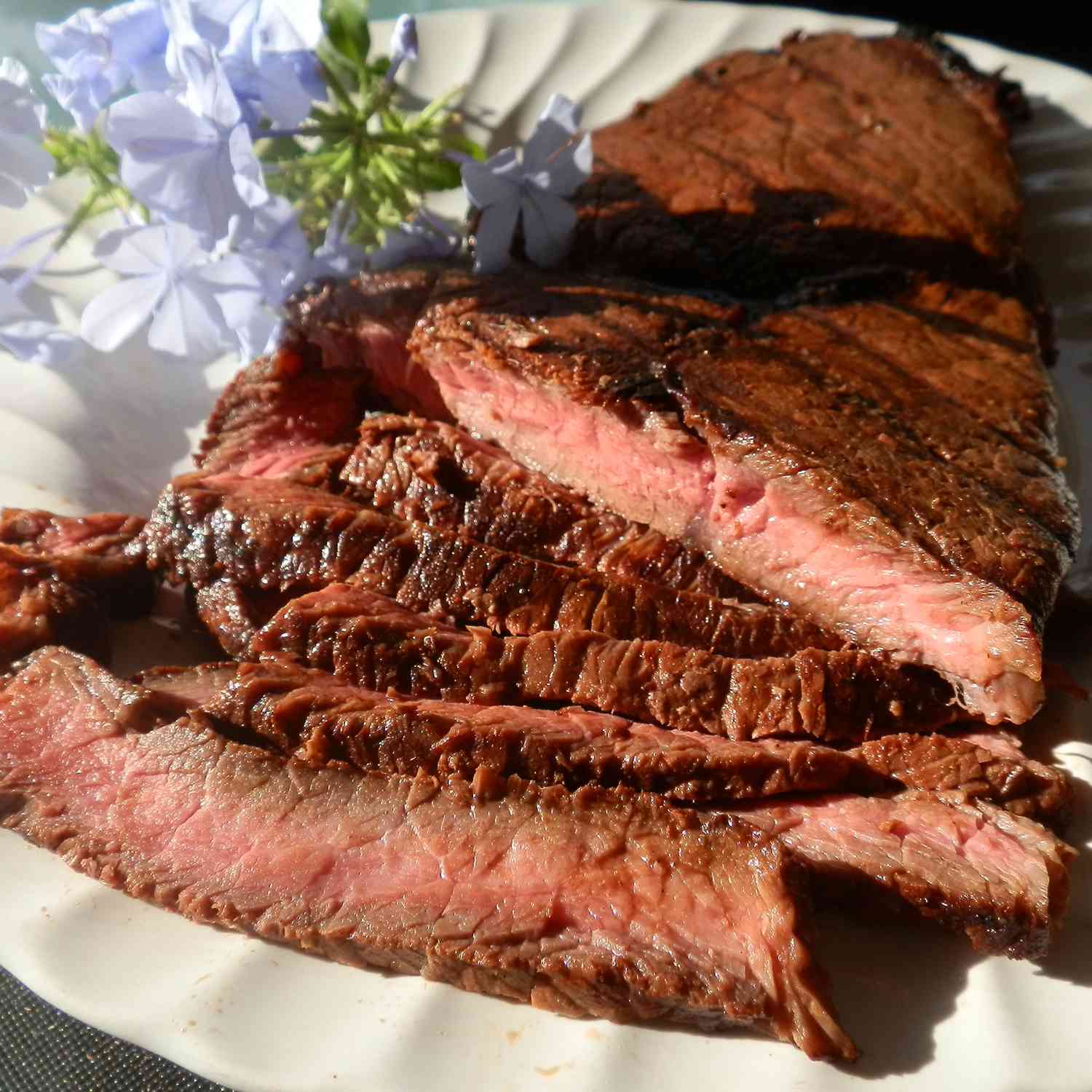The Ultimate Guide to Perfecting Steak Butter recipe: Enhancing Every Bite
Introduction to Steak Butter
Steak butter recipe , often referred to as compound butter, is a culinary delight that elevates the humble steak to gourmet levels. Infused with herbs, spices, and other flavor enhancers, this butter melts beautifully over hot steak, enriching it with complex flavors and a silky texture. Whether you’re a novice cook or a seasoned chef, mastering the art of steak butter can transform your culinary experiences.

Essential Components of Steak Butter
The foundation of any great steak butter lies in its ingredients. The most critical component is the butter itself—preferably unsalted, which allows for better control over the seasoning of your dish. From there, the additions are nearly limitless but typically include:
- Garlic, minced or pressed
- Fresh herbs like parsley, thyme, or rosemary
- Salt and freshly ground black pepper
- Additional flavorings such as lemon zest, anchovies, or Worcestershire sauce
For those looking to explore the basics of using compound butter to elevate your meals, check out The Kitchn’s insightful article, which offers a variety of recipes and ideas.
Types of Butter for Making Steak Butter
Choosing the right type of butter is crucial for crafting the perfect steak butter. While unsalted butter is a common choice due to its versatility, salted butter can be used for those who prefer its robust flavor. The type of butter can significantly impact the final taste of your dish, so selecting high-quality butter is key. For a comprehensive guide on choosing the best butter for both baking and cooking, refer to Epicurious’ extensive butter guide.
“For tips on selecting the best butter for cooking and baking, visit Epicurious.”
Preparing and Using Steak Butter
The preparation of steak butter is straightforward yet allows for creativity:
- Mixing: Combine softened butter with your chosen ingredients until evenly distributed.
- Shaping: Roll the mixture into a log using parchment paper or plastic wrap.
- Chilling: Refrigerate until firm to slice easily or scoop as needed.
When it comes to using steak butter, timing and technique can enhance the steak’s flavor and texture:
- On the Grill: Add a slice of butter right as the steak comes off the grill to let it melt into the meat.
- In the Pan: For pan-seared steaks, introduce a dollop of butter towards the end of cooking to baste the steak.
- Under the Broiler: Place a pat of butter on the steak before it goes under the broiler for a decadent finish.
For an in-depth look at the skillet steak preparation techniques, including how to baste steaks with butter, visit Serious Eats’ comprehensive tutorial.
Advanced Flavor Variations
Serving Suggestions for Steak Butter
Steak butter can complement a wide variety of dishes beyond just steaks. Here are some creative ways to incorporate this flavorful butter into your meals:
- Vegetable Topping: Melt steak butter over grilled or roasted vegetables like asparagus, carrots, or Brussels sprouts to enhance their natural flavors.
- Potatoes: A dollop of herbed steak butter transforms baked potatoes, mashed potatoes, or even crispy roasted potatoes into a rich, flavorful side.
- Seafood: Seafood like salmon, lobster tails, or scallops benefits from the richness of steak butter, adding a luxurious finish.
- Pasta and Grains: Toss it into cooked pasta, risotto, or pilaf for an instant upgrade in flavor.
- Breads: Spread over warm bread, dinner rolls, or garlic toast for a simple, delicious enhancement.
By exploring these pairing options, you can make steak butter a versatile component in your culinary arsenal, enhancing not just your steaks but many other parts of your meals.
FAQs About Steak Butter recipes
What does butter do to steak?
Butter adds richness and helps to carry the flavors of herbs and spices into the meat, while also helping to create a caramelized crust when melted over high heat.
Can steak butter be made ahead of time?
Absolutely! Preparing steak butter in advance allows the flavors to meld together, enhancing its taste.
Is steak butter just for steak?
Not at all! While steak is a classic pairing, steak butter can also be used on vegetables, baked potatoes, or even as a finishing touch on fish.
Storage Tips for Steak Butter
Proper storage of steak butter is crucial for maintaining its freshness and flavor:
- Refrigeration: Store your steak butter in an airtight container or wrap it tightly in plastic wrap. It can be refrigerated for up to two weeks. Ensure it’s kept away from strong-smelling foods to prevent flavor transfer.
- Freezing: For longer storage, steak butter can be frozen. Wrap it securely in plastic wrap and then place it in a freezer bag or airtight container. It can be stored for up to three months. To use, thaw in the refrigerator overnight.
- Portioning: Consider shaping the butter into individual portions or slicing the chilled log before freezing. This makes it easy to use the exact amount needed without having to thaw the entire batch.
These tips help ensure that your steak butter remains a convenient and delicious addition to meals, ready whenever you need an extra touch of flavor.
Conclusion
Steak butter recipe is a versatile and flavorful addition to any chef’s repertoire. By selecting quality ingredients, experimenting with flavors, and applying it with care, you can elevate a simple meal to an extraordinary dining experience. Explore, experiment, and most importantly,